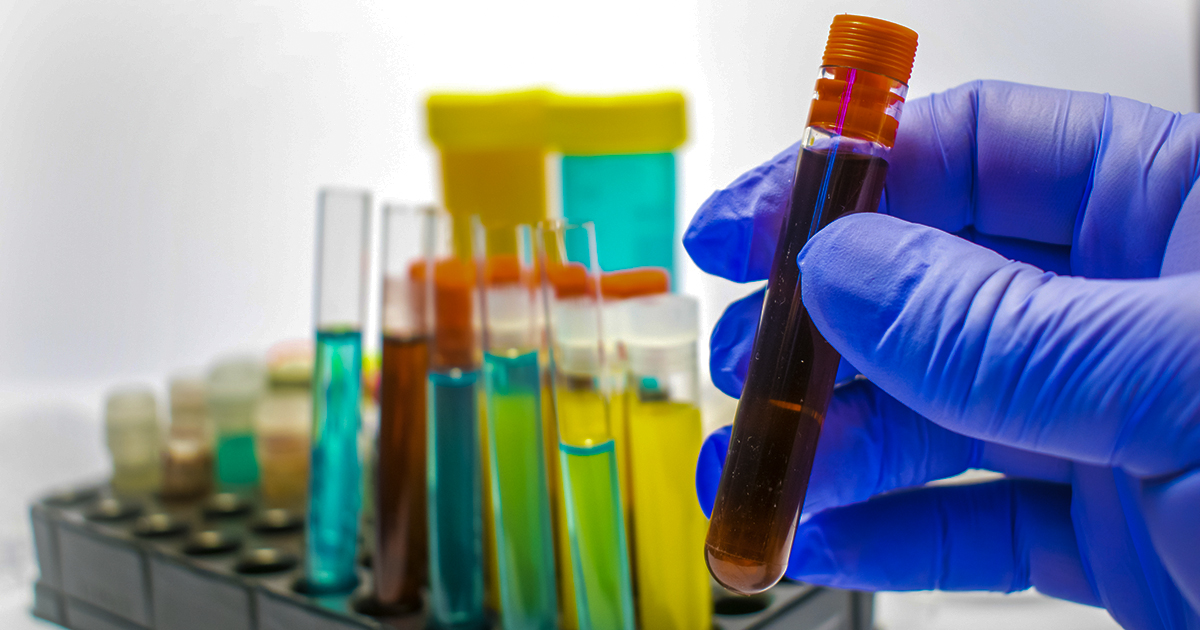Diagnosing & Treating Acute Respiratory Distress Syndrome
Lab And Heart Tests

Congestive heart failure can also cause fluid to accumulate in the lungs and will need to be ruled out. In uncomplicated clinical cases, pleural effusions (fluid that accumulates between the pleural membranes), are seen in congestive heart failure but not in patients with adult respiratory distress syndrome. Lab and heart tests including an electrocardiogram can be used to look for cardiomegaly and valve problems. Cardiomegaly often occurs in congestive heart failure. An angiogram can be performed to insert a small pressure probe to test the pulmonary pressure. These tests will determine if the fluid accumulation is a result of heart damage and not ARDS.
Lab tests for acute respiratory distress syndrome include an arterial blood gas, complete blood count, sputum cultures, and blood cultures. Since two of the most common causes of ARDS are pneumonia and sepsis, identifying the pathogen causing the lung damage will be necessary to determine the correct treatment. In addition to these tests, a complete metabolic panel is often needed to look at the electrolytes, acid-base balance and degree of dysfunction of major organs like the liver and kidneys.
Keep reading for more on diagnosing and treating acute respiratory distress syndrome.